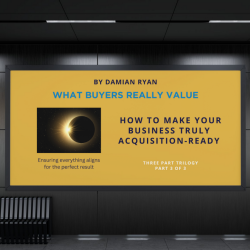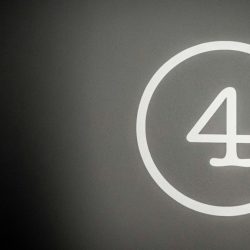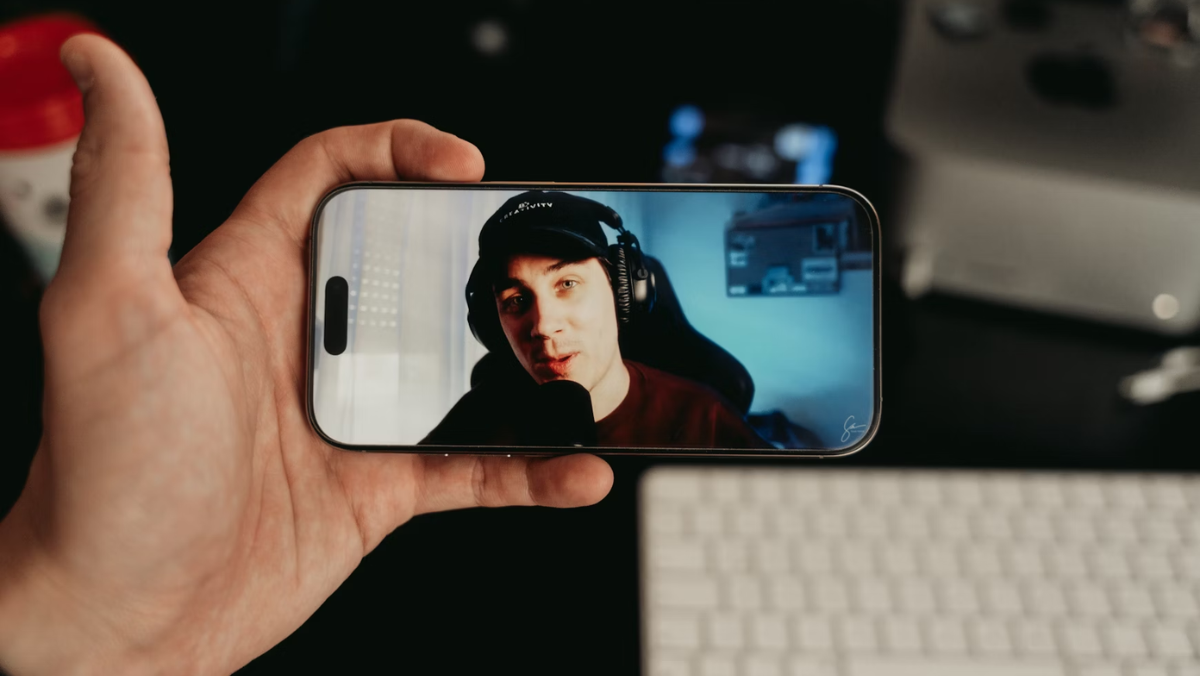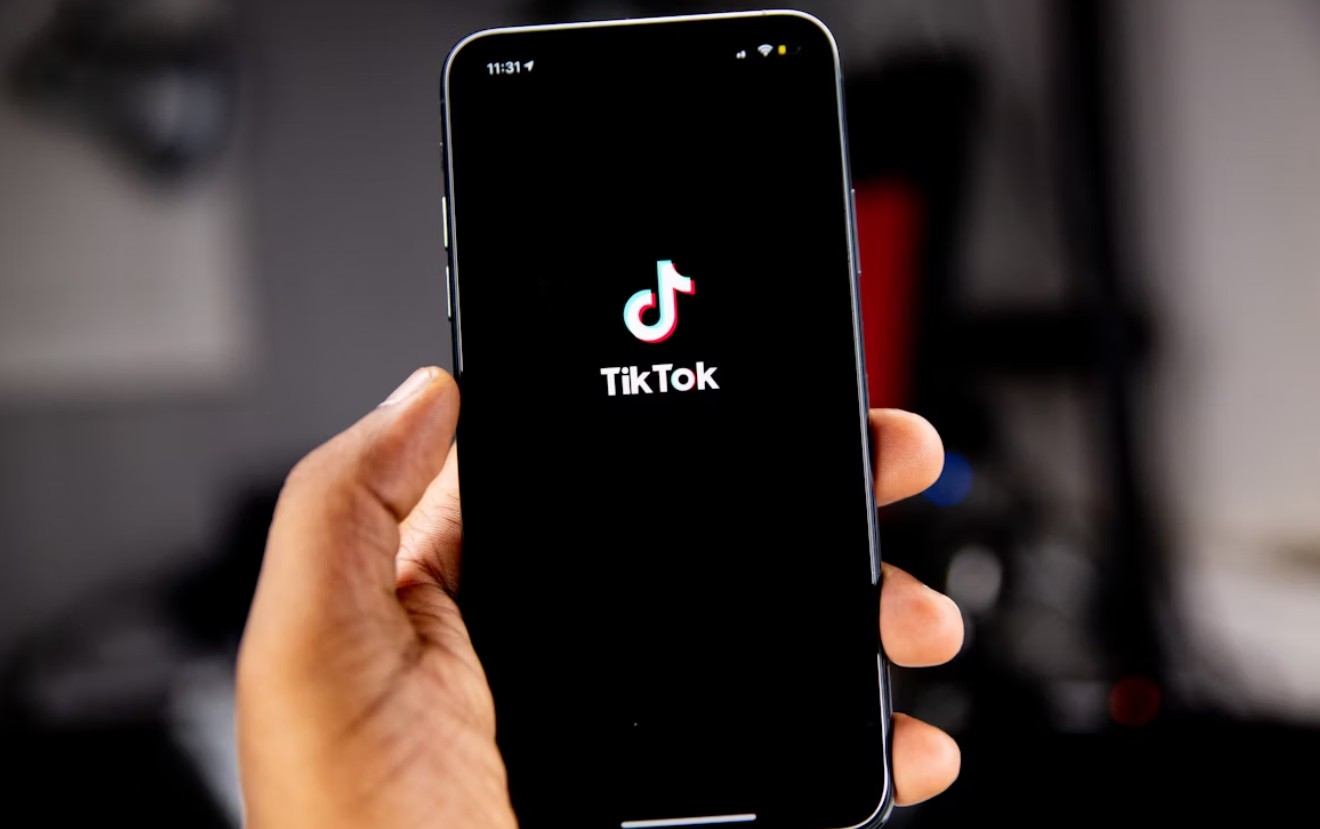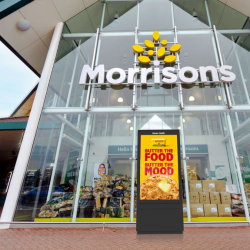Influencer marketing has spent the last decade optimising for credibility. Brands chase fit, familiarity and follower alignment, assuming those traits will push people closer to purchase.
A new meta-analysis suggests marketers may be focusing on the wrong things.
Researchers Meizhi Pan, Markus Blut, Arezou Ghiassaleh and Zach W. Y. Lee pooled 1,531 effect sizes from 251 academic papers to isolate what shifts outcomes in influencer marketing campaigns. And while brand fit, expertise and similarity do shape brand attitudes, their influence fades as consumers move further down the funnel.
As the authors note: ‘For non-transactional outcomes, follower characteristics (social identity) have the strongest effects on consumer attitudes and behavioural engagement, while post characteristics (informational value and hedonic value) exert stronger effects on purchase intention.’
Posts that were emotionally vivid, pleasurable or entertaining — high in hedonic value — had the strongest effect on whether someone wanted to buy. Informational content, which clarifies product benefits and utility, followed close behind. Together, they outperformed trust-based markers, like the expertise of the influencer or their congruence with the brand.
‘By creating informational and hedonic content, influencers provide utilitarian information and enjoyable experiences,’ the researchers write. These qualities reduce scepticism by muting ‘persuasion knowledge’ — the consumer’s mental red flag that they’re being sold to — thus making followers more open to persuasion.
Hedonic value also showed the highest correlation with sales overall, even though it didn’t directly drive consumers’ behaviour. That role fell to influencer communication: the degree to which posts felt interactive, direct or personal.
The study found influencer communication had the single strongest effect on purchase behaviour, outperforming brand fit, follower count and even perceived expertise.
A meta-analysis by Spörl-Wang, Krause and Henkel we looked at in March also mapped the traits most likely to drive results. Attractiveness, informativeness and content quality topped the list for purchase intent, while brand congruence lifted engagement. Follower count, meanwhile, dragged performance down — a reminder that scale and influence aren’t always the same thing.
Where that study zeroed in on who works, this new paper shifts the focus to how and under what conditions. Their findings suggest influence isn’t fixed but shaped by tone, context and communicative style.
Content-based platforms (like TikTok or YouTube) beat profile-based formats, and products with lower information requirements and higher emotional payoff — such as beauty, food or fashion — saw stronger lift than those involving functional or high-consideration purchases.
The emotional terrain mattered, too. When users felt a para-social bond, outcomes improved. But when persuasion knowledge was triggered, they dropped.
It’s a useful reminder that influence is situational. Casting may shape perception, but execution drives behaviour. Emotional tone and communicative style, especially on platforms that reward connection and spontaneity, are more predictive than trust alone.
Featured image: Szabo Viktor / Unsplash
